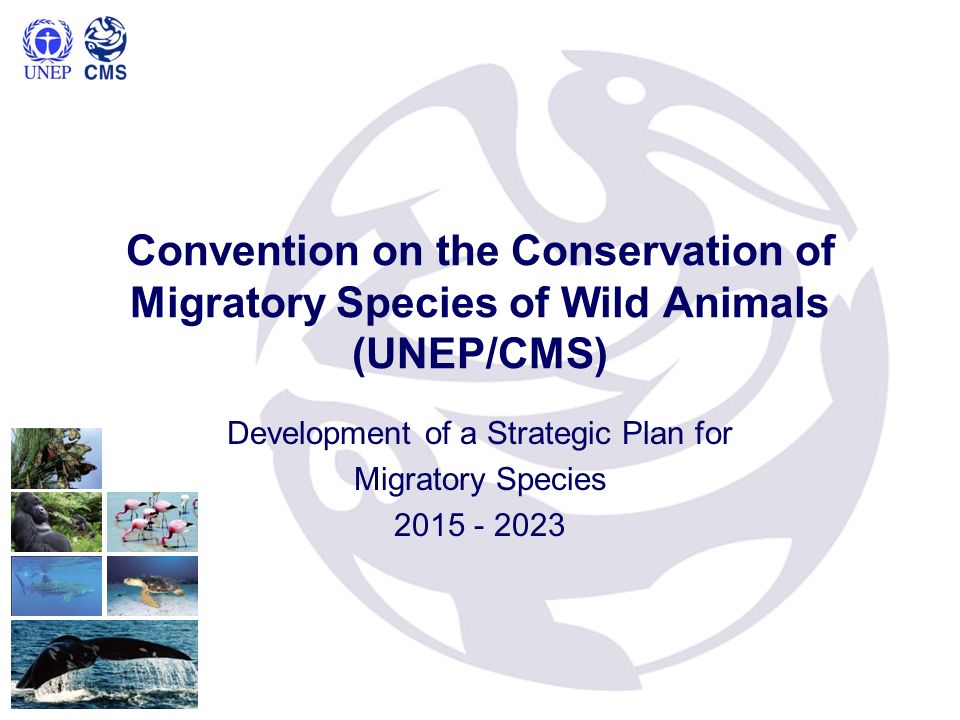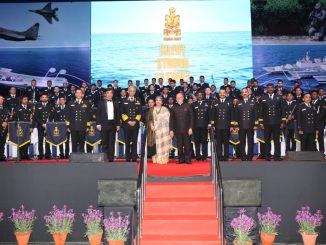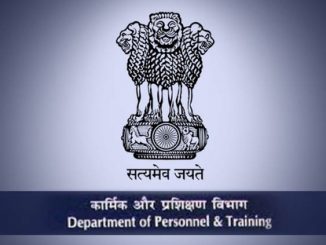
The 13th Conference of Parties (COP) of the Convention on the conservation of migratory species of wild animals (CMS), an environmental treaty under the aegis of United Nations Environment Programme, is going to be hosted by India during 15th to 22nd February, 2020 at Gandhinagar in Gujarat. Representatives from 129 Parties and eminent conservationists and international NGOs working in the field of wildlife conservation are expected to attend the COP.
India has been a Party to the CMS since 1983. The Conference of Parties (COP) is the decision-making organ of this convention.
Inaugurating the Logo and Mascot (GIBI) along with website for the international event, in New Delhi, Union Environment Minister, Dr. Harsh Vardhan said that hosting of 13th COP would give India an opportunity to showcase its conservation initiatives for wildlife species. “It will provide a global platform for deliberations on the conservation and sustainable use of migratory wild animals and their habitat.” said Dr. Vardhan.
Speaking on the occasion, the Gujarat Minister of State for Forest and Tribal Development Shri Ramanlal Nanubhai Patkar expressed happiness that the next COP on conservation of migratory species of wild animals (CMS) would be held in Gujarat where several species of birds migrate to every year.
Migratory species are those animals that move from one habitat to another during different times of the year, due to various factors such as food, sunlight, temperature, climate, etc. The movement between habitats, can sometimes exceed thousands of miles/kilometres for some migratory birds and mammals. A migratory route can involve nesting and also requires the availability of habitats before and after each migration.
In order to protect the migratory species throughout their range countries, a Convention on Conservation of Migratory Species (CMS), has been in force, under the aegis of United Nations Environment Programme. Also referred to as the Bonn Convention, it provides a global platform for the conservation and sustainable use of migratory animals and their habitats and brings together the States through which migratory animals pass, the Range States, and lays the legal foundation for internationally coordinated conservation measures throughout a migratory range.
The convention complements and co-operates with a number of other international organizations, NGOs and partners in the media as well as in the corporate sector. Under this convention, migratory species threatened with extinction are listed on Appendix I and Parties strive towards strictly protecting these animals, conserving or restoring the places where they live, mitigating obstacles to migration and controlling other factors that might endanger them. Migratory species that need or would significantly benefit from international co-operation are listed in Appendix II of the Convention.
India has also signed non legally binding MOU with CMS on the conservation and management of Siberian Cranes (1998), Marine Turtles (2007), Dugongs (2008) and Raptors (2016).
India is temporary home to several migratory animals and birds. The important among these include Amur Falcons, Bar headed Gheese, Black necked cranes, Marine turtles, Dugongs, Humpbacked Whales, etc. The Indian sub-continent is also part of the major bird flyway network, i.e, the Central Asian Flyway (CAF) that covers areas between the Arctic and Indian Oceans, and covers at least 279 populations of 182 migratory water bird species, including 29 globally threatened species. India has also launched the National Action Plan for conservation of migratory species under the Central Asian Flyway.







Leave a Reply
You must be logged in to post a comment.